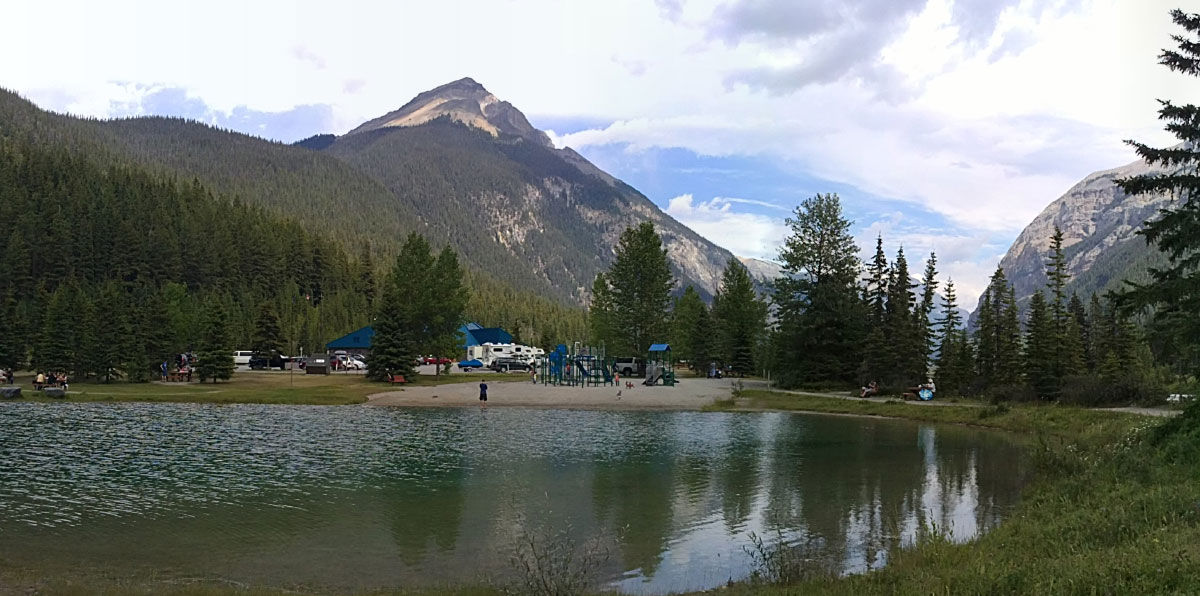One of the contemporary urban trends corresponds to the notion of the “15-minute city” and the concept of the “30-minute territory”. Its aim is to improve the quality of life of citizens through proximity. However, this urban planning perspective clashes with the current design of services and with citizens’ consumption habits.
Indeed, the idea of the 15-minute city requires a review of the current needs of its inhabitants. It is precisely the smaller towns and villages that have always been, in a way, 15-minute “cities”. But citizens are attracted instead by the wide range of services and consumer goods available in large urban environments, so that such villages and small towns, which lack them, are gradually depopulated.
As cities grow or densify, urban dwellers yearn for clean air, green spaces and traffic-free zones. In other words, citizens want to live in smaller towns or urban centres. The ideal, from this perspective, is a green, traffic-free environment that coexists with the extensive urban fabric and all the services it offers. In other words, the village within the city. In response to this demand, the latest trends recommend measures in both directions: moving services to villages and small urban centres and improving the quality of life in the urban environment.

All this has to do with the fact that consumer choices are diversifying enormously in the market, in a wide spectrum of possibilities. Or, more precisely, the free market becomes a multitude of alternatives. Therefore, although the fastest, the shortest or the most ecological route is sought, in the free market everything has a price, so that, in reality, nothing is really free.
By Pablo Apraiz, Senior Architect in the Architecture Department of Amusement Logic







